@Serg I applaud your dedication and thought process involved with every aspect of your analysis.
But this is a bit of a game changer for me. Cutwise cut performance metric appears to me to have poor correlation with HCA.
Your top ranking stone is: https://cutwise.com/diamond/29532?sp=47 with an HCA of 5.6. It's a 59/61.9 32.7/41.8 stone. I like the dynamic ASET that shows the area of leakage turn green on tilt, that may explain the discrepancy between static and dynamic scoring.
Just wondering:
1) There appears to be a weak correlation with carat size, the higher carat, the higher the cut performance. Do different carat sizes benefit from different proportions?
2) Does what you and your team's analysis undo what we all thought was a more sparkly diamond? There are plenty of 'standard ideal cut' tolks among the top rankers, but too many that are not to be ignored!
3) It almost appears that lack of optical symmetry can contribute to brilliance, fire and cut performance, particularly as carat size increase.
Tolk proportions are a safe bet, and easier to buy online. It seems some of the really well performing stones and the duds look really similar on paper.
Sorry for the thread jack, it may be better in a separate thread.
But this is a bit of a game changer for me. Cutwise cut performance metric appears to me to have poor correlation with HCA.
Your top ranking stone is: https://cutwise.com/diamond/29532?sp=47 with an HCA of 5.6. It's a 59/61.9 32.7/41.8 stone. I like the dynamic ASET that shows the area of leakage turn green on tilt, that may explain the discrepancy between static and dynamic scoring.
Just wondering:
1) There appears to be a weak correlation with carat size, the higher carat, the higher the cut performance. Do different carat sizes benefit from different proportions?
2) Does what you and your team's analysis undo what we all thought was a more sparkly diamond? There are plenty of 'standard ideal cut' tolks among the top rankers, but too many that are not to be ignored!
3) It almost appears that lack of optical symmetry can contribute to brilliance, fire and cut performance, particularly as carat size increase.
Tolk proportions are a safe bet, and easier to buy online. It seems some of the really well performing stones and the duds look really similar on paper.
Sorry for the thread jack, it may be better in a separate thread.

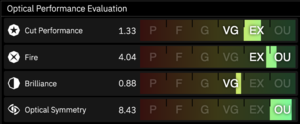
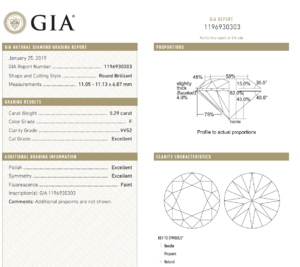
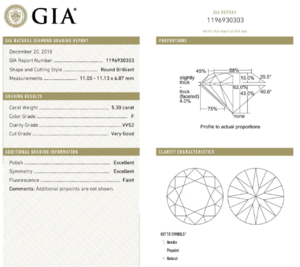
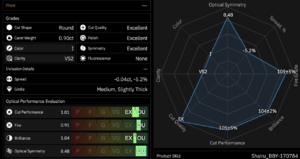
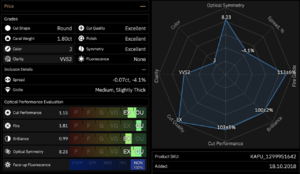
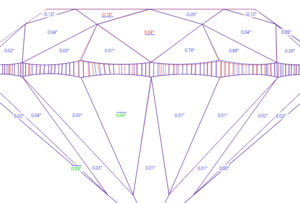
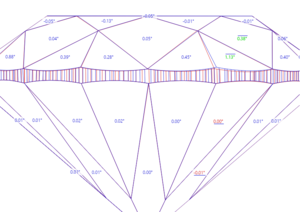
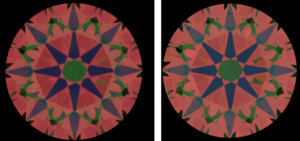




300x240.png)